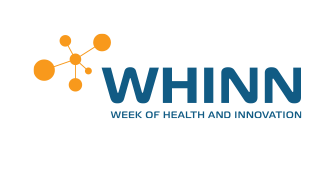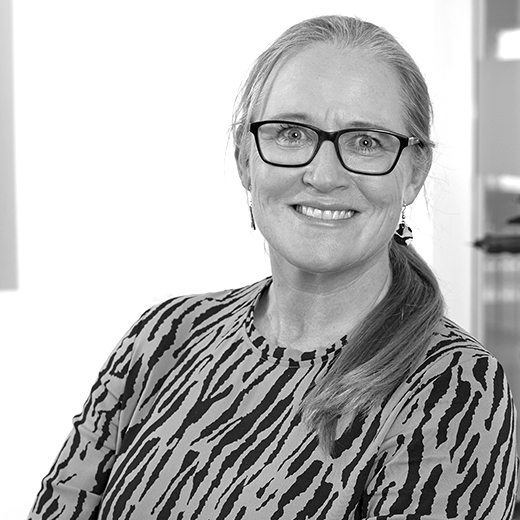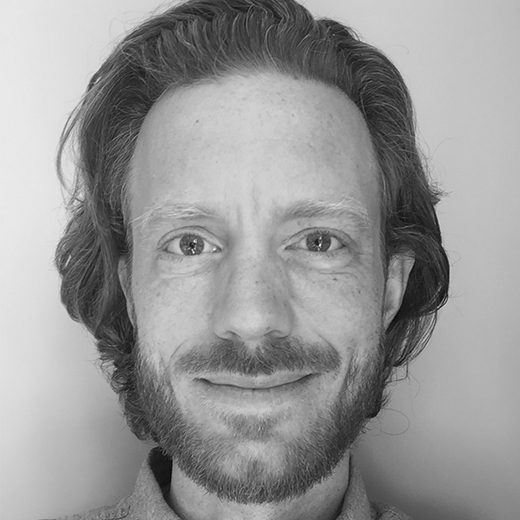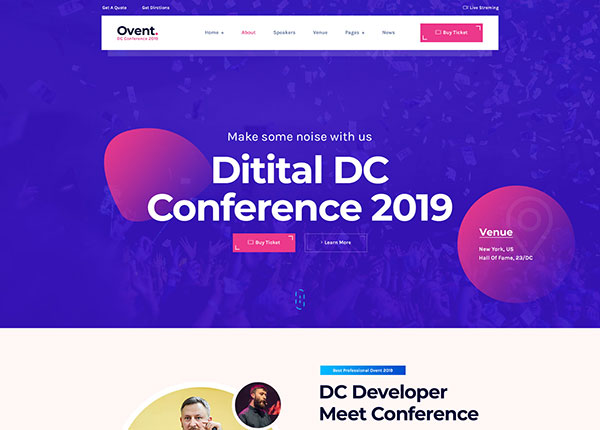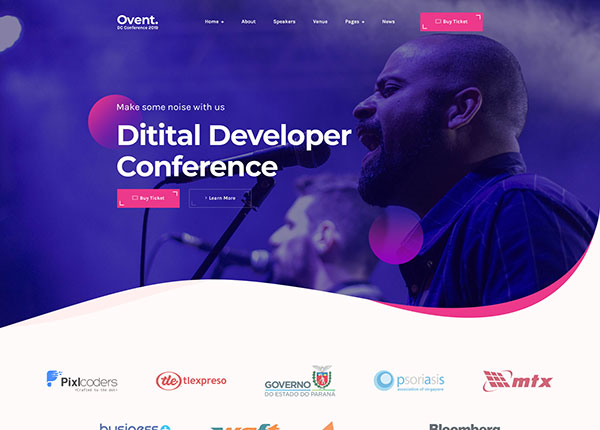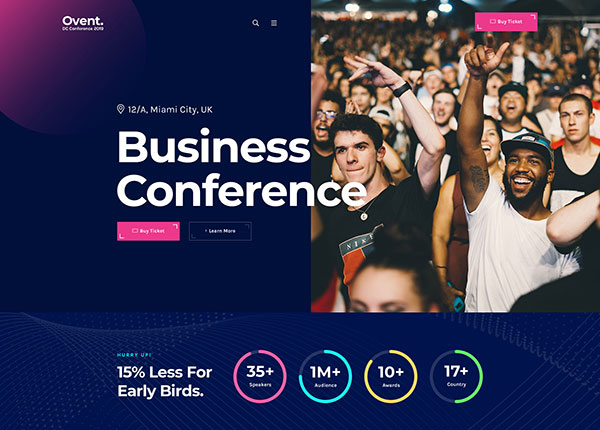Multimorbidity – Creating patient-centered solutions (DK)
How do we solve the challenge of multimorbidity, so that patients receive coherent and effective courses?
In line with increasing life expectancy and options for treatment in our healthcare system, the proportion of multimorbidity is increasing. Almost half of the Danish population today suffers from two or more chronic diseases.
At the same time, today there are few solutions to the challenge it is for patients to live with multiple diagnoses, treatments, and medication courses.
How do we get health data from hospitals and patients integrated
– and what is needed for us to succeed with coherent and effective treatment processes?
Join us when patients, companies, and healthcare professionals discuss solutions and give their suggestions that speak to the patient’s needs.
This event is in Danish.
